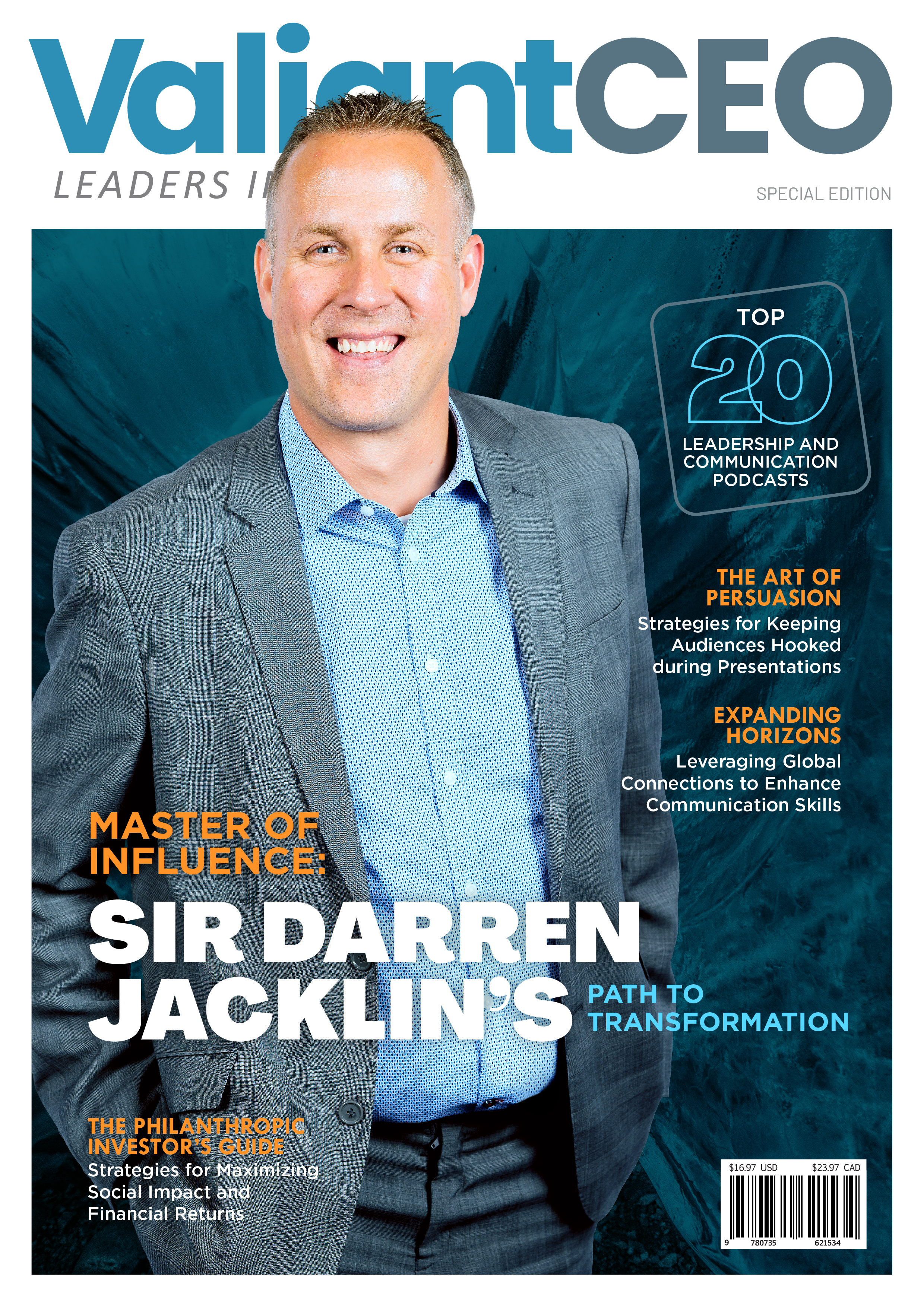There is no such thing as the perfect formula for a resume. What works for some employers may not necessarily work for others. However, it is critical to know that the format, layout, and information you include can make a difference.
Here are a few handy tips and tricks to make your resume stand out in the crowd.
Tailor it to the role
No matter how comprehensive your resume is, it is pointless to include irrelevant information.
The trick here is to go through the job description and write down all the attributes and skills associated with the best candidate. Include synonyms into your resume. Also, tailor your work experience to match the requirements.
When you need to mention skills or job responsibilities from the past, make sure they match the current requirements. The same rule applies to your education.
The idea is to avoid having a CV that will match every job you apply to. Instead, adjust it accordingly to make it stand out. Employers will naturally look for these keywords, and believe it or not, they often do it unconsciously.
Keep it short and sweet
Avoid writing five pages of job experience because no one will read that. A CV should be one or two pages. If you can keep it to one page following the above tip, go for it. Otherwise, you can extend it a little, but make sure you do not exceed two pages.
Why? Simple. No matter how important the information is, recruiters have to deal with dozens, if not hundreds of resumes. They will simply lack the time to read everything. Click here to get some amazing resume ideas.
Other than that, to make a good first impression and draw some attention straight away, make sure the layout is easy to read and eye catching. As for the work experience and education, include them in the first half of the first page.
Use a theme
Lots of people submit their resumes in a table format. There is nothing but black text on a blank page. There is no layout whatsoever.
While easy to read, you also want your resume to draw some attention straight away.
Again, what works for some employers will not work for everyone else. Find some themes to keep it exciting and adjust it every now and then.
Make sure you do not make it look too childish or colorful, though. If you find yourself having trouble coming up with a good theme, you should use samples. For example, if you are applying in the healthcare industry, you might want to check out some personal support worker resumes to know what to include in yours.
Keep it positive
No one will say that they hated their previous job, but the idea is to give your CV a positive approach. Make sure you stick to positive words. Do some research if you are not sure.
For instance, when you write about your past experience, write your accomplishments, whether you increased sales by 50% in six months or you reduced expenses by 25% .
Do not mention how you had to take over other people’s positions and do everyone’s job because it has a negative approach. Instead, focus on positive accomplishments. This is what employers want to see.
The language is just as important. Research certain words with a higher impact in terms of positivity.
Check the grammar and spelling
No one does this when they write a resume. If they do, they do it pretty quickly. Their brains read words before actually reading them with their eyes, so mistakes are easy to miss.
Give your resume a good read, another one that focuses on each word individually, and a third one the day after. Exactly! You need to read it with different eyes, hours after writing it.
Even small mistakes, such as a blank space before a comma, can give a potential employer a bad impression. A simple way to make the resume easier to read for the employer is to use a professional font. The sans serif fonts are most popular for resumes.
With these thoughts in mind, smashing your resume is only a matter of time. As you can see, you need to put a bit of work in. While writing a resume may look like a simple job, it takes keyword research and a bunch of updates if you truly want to make a difference.







